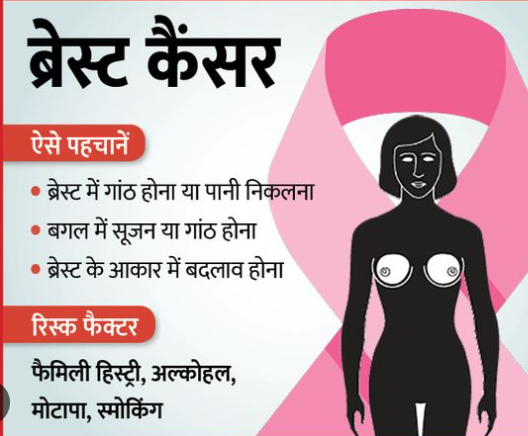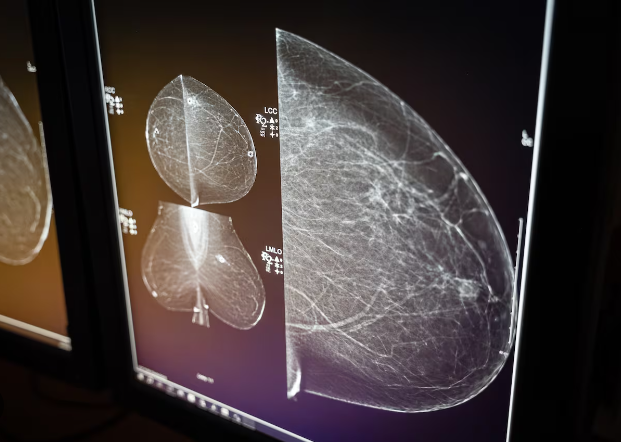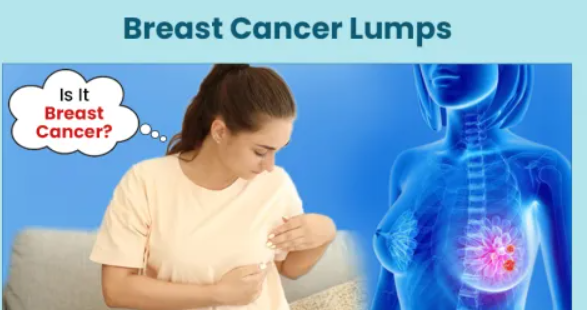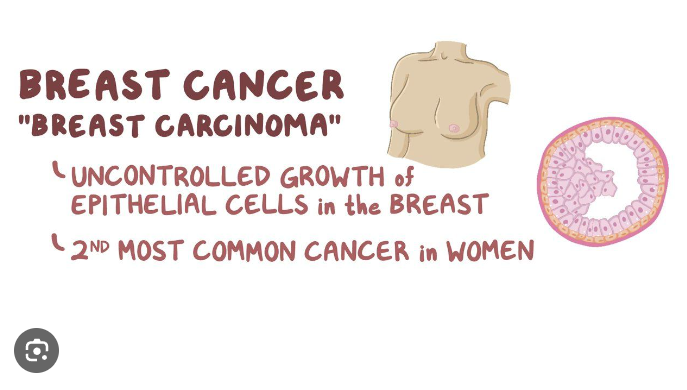Know the basics of symptoms, diagnosis, and treatment to help you battle breast cancer.
Breast cancer is the most common cancer afflicting women in the United States, regardless of race or ethnicity. The Centers for Disease Control and Prevention report that 1 in 8 women will be diagnosed with invasive breast cancer in their lifetime. In 2013, more than 40,000 women and 464 men died of the disease. In 2017, more than 250,000 women and over 2,000 men are expected to be diagnosed with the disease.
Also read-Cervical Cancer : A Patient’s Guide To Cervical Cancer

Signs and symptoms of breast cancer
Not every case of breast cancer will present with immediately apparent signs and symptoms for the patient. This is the reason that many medical professionals believe routine screening—that is, regularly scheduled mammograms—is essential to raising the disease’s survival rate. Still, certain breast cancers do manifest. See your doctor as soon as possible if you observe any of the following symptoms, as listed by the Memorial Sloan Kettering Cancer Center:
- “A thickening or lump under the arm or in the breast area
- Breast enlargement or reduction without cause, especially on one side only
- Puckering or dimpling in the breast
- Other than breast milk, nipple discharge (fluid) appears without the nipple being squeezed
- Changes in the breast skin, such as redness, flaking, thickening, or orange-skin-like pitting
- A sunken (inverted), red, thick, or scaly nipple
Risk factors breast cancer
There are many factors that contribute to whether you’ll develop breast cancer in your lifetime. The primary risk for any cancer is age. The older you are, the more chances there are that a cell will develop genetic mutations that could eventually grow into cancer. This is true for breast cancer, too, which affects more older women than it does younger women. The National Cancer Institute reports that the median age at diagnosis among breast cancer patients is 62 years.

It has also been demonstrated that genetics influence the likelihood of developing breast cancer. Over the past ten years or so, genetic mutations on the BRCA1 and BRCA2 genes have received a lot of attention as the main cause of cases of genetically-based breast cancer; however, cancer can also develop from other genetic mutations. There is a higher incidence of BRCA1 and BRCA2 gene mutations in some ethnic groups, most notably Ashkenazi Jewish people. In order to better understand your personal risk, you may want to consider genetic testing if there is a strong family history of breast, ovarian, or prostate cancer.
Diagnosis
Right now, mammography is the most widely used method for breast cancer diagnosis. A mammogram is a breast X-ray that produces an image that a radiologist reviews after it is taken. The suspicious lumps or growths that stand out as a whiter spot against a darker background are what the doctor is searching for. According to the Susan G. Komen organization, the success rate for mammography is 84%. Other instruments for diagnosis are:

- Digital mammography. This is also an X-ray, but the image is rendered digitally rather than on film.
- Digital tomosynthesis. This tool creates a three-dimensional image, allowing the radiologist to look at cross sections of the breast rather than the entire breast all at once.
- Ultrasound. Ultrasound technology uses sound waves to create images of the breasts and any masses within them without the use of radiation. It’s often used as a follow-up to a mammogram with an abnormal finding.
- MRI. Molecular resonance imaging uses magnetic fields and radio waves to create an image of the breast. This is usually used only as a secondary screening tool after something abnormal shows up on a mammogram.
- Molecular breast imaging MBI uses an injected radioactive isotope to light up cancerous growths on an image created with a molecular camera. It has a higher success rate for finding cancer in women with very dense breasts, but some concerns persist about the amount of radiation the patient’s body is exposed to during the procedure.
Types
Although most people consider breast cancer to be a single illness, there are actually multiple forms of the disease that you could encounter in your lifetime. Noninvasive and invasive are the two main categories into which they can be divided. According to the website of the Cancer Treatment Centers of America, “cancerous cells remain in a particular location of the breast without spreading to surrounding tissue, lobules, or ducts” in the case of noninvasive cancer.

According to the educational website Breastcancer.org, “cancerous cells break through normal breast tissue barriers and spread to other parts of the body through the lymph nodes and bloodstream” in cases of invasive breast cancer. The most prevalent type of breast cancer, according to the American Cancer Society, is invasive ductal carcinoma, in which cancer cells develop in the milk ducts.
Treatments
Your doctor’s treatment plan for breast cancer will be highly customized due to the wide variety of forms of the disease. Among the treatments are:

- Surgery. Your doctor may prescribe:
- Lumpectomy, in which the cancerous tissue is removed from the breast but most of the breast is left intact.
- A mastectomy, in which the entire breast is removed. The surgeon may also remove some nearby lymph nodes.
- A bilateral mastectomy, in which both breasts are removed along with nearby lymph nodes,
- Radiation. Radiation therapy uses targeted, high-energy light and X-rays to kill cancer cells where they grow. It’s used in certain breast cancer cases to kill cancer cells, but not all.
- Endocrine therapy. Endocrine therapy is a drug-based regimen that suppresses the hormones that feed cancer. Tamoxifen is one of the most commonly prescribed anti-estrogen drugs and an example of this type of treatment.
- Chemomedicine. Chemotherapy is a medication-based method of eliminating cancer cells from any part of the body, but it is well known for having harmful side effects like nausea and hair loss. Chemotherapy, however, has the potential to be a very powerful systemic cancer-fighting treatment. It can sometimes be used to shrink a tumor prior to surgery or to eradicate any cancer cells that might have survived.
- Immunomodulation. Among the more recent treatment modalities is highly targeted immunotherapy. This kind of treatment makes use of your body’s inherent capacity to combat cancer. Immunotherapy does not work for everyone, though some may experience fewer side effects. As medical science gains more understanding about how to use the immune system to fight cancer where it grows, this highly individualized approach is likely to become more common in the future.
Also read-Two Uteruses, Two Babies: A Single Woman’s Story Of Two Uteruses And Two Babies
images source: Google
Disclaimer: The opinions and suggestions expressed in this article are solely those of the individual analysts. These are not the opinions of HNN. For more, please consult with your doctor.




































